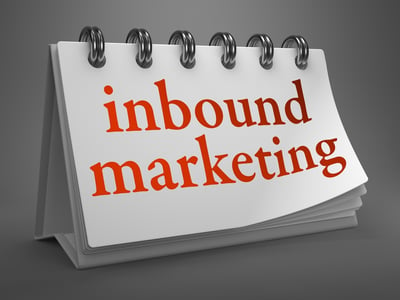Ever looked back on your life and realize how a few years can bring so many changes? It’s the same with inbound marketing. Just look at the ways in which content is delivered on the internet today compared to just a year ago. A case in point is Google’s search algorithm.
 Here are 3 ways the content landscape has changed in 2018.
Here are 3 ways the content landscape has changed in 2018.
1. Video is the Favorite Content Format
Gone are the days when you needed expensive equipment and the know-how to create video. Today, you can simply capture high-quality video from your smartphone, edit and upload it. This has made it easy for SMBs to leverage video content to drive traffic and conversions.
With YouTube giving rise to video content, there has been an explosion of growth in video on popular social media platforms in recent years like Facebook, Instagram, and Twitter.
Take advantage of the opportunity to get closer to your audience.
A recent study reveals that 81% of businesses use video as a marketing tool, up from 63% from the previous year.
Video is Everywhere
Consider the big role in which video plays in each of these popular platforms:
- YouTube
- Facebook
- Instagram
- Twitter
- Snapchat
- music.ly
- LinkedIn*
*Surprisingly, video content is on the rise on LinkedIn - over 55% of marketers said they’ll continue or start to incorporate video on this platform (Wyzowl).
What have we found to help with video marketing? Check out Wistia! You will not be disappointed!
2. Website Redesign for Better User Experience
Business websites are completely different than they were 18 years ago. For example, design changes over the years have evolved from loud and cluttered to more minimalistic, personalized and playful interfaces. Also, today’s website must be mobile responsive so that you can reach more people who spend a lot of time on their mobile devices.
Are you wondering if your website is producing results? Let the analytics be your guide.
 Photo Credit: HubSpot
Photo Credit: HubSpot
This article illustrates the 12 do’s and don’ts of web design.
88% of users are less likely to return to a site after a bad experience. (Gomez)
When implementing best practices in your website’s responsive design, be mindful of important characteristics such as performance and speed, layout, strategy, functionality, and relevant content.
The Storytelling Effect
More and more brands are using the art of storytelling in their content marketing strategy in order to increase the value of a product or service. Does it work? Yes, creating compelling content that’s aligned to your marketing goals not only creates better relationships with your audience, it strengthens your brand by humanizing it.
This would probably require you to supercharge your creativity. But the results will be worth your while as you’ll connect with your audience in a meaningful way.
3. Search Engines
Constant updates to Google search engine has impacted the way websites appear and rank in the search results. A few years ago, our search behavior was simple: we typed “Restaurants Boston.”
Today, searches are composed in the form of a question, for example, “Where is the best place to eat near me?” The rise of conversational search (20% of queries on mobile are voice searches, according to Google) has paved the way for a new content strategy: clustering your content into topics. Of course, this doesn’t mean that keywords are no longer relevant.
Enhancing the Customer Experience with Inbound
Whatever your marketing goals, you need to consistently create valuable content people want. Any questions about inbound marketing? Reach out to us!
